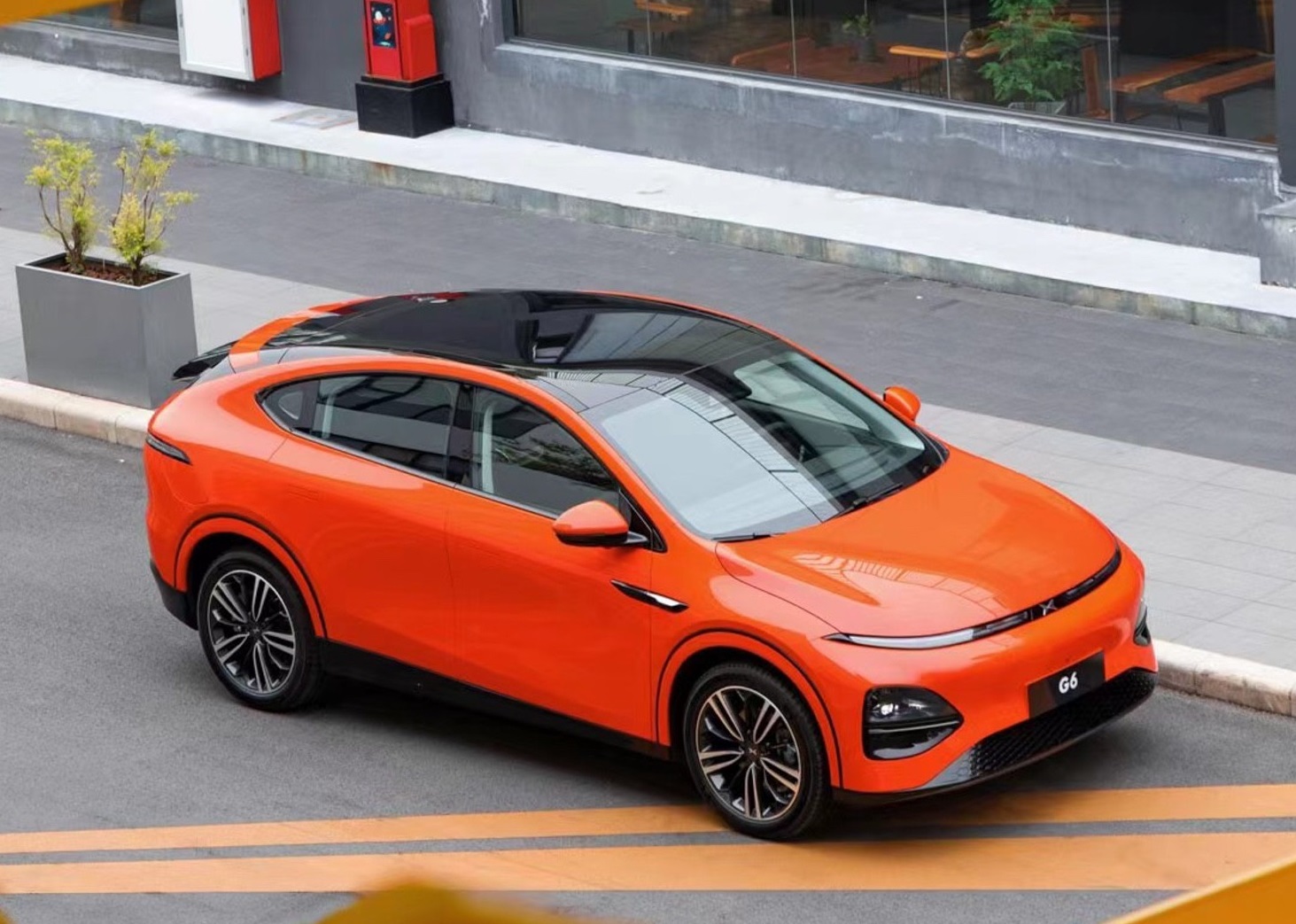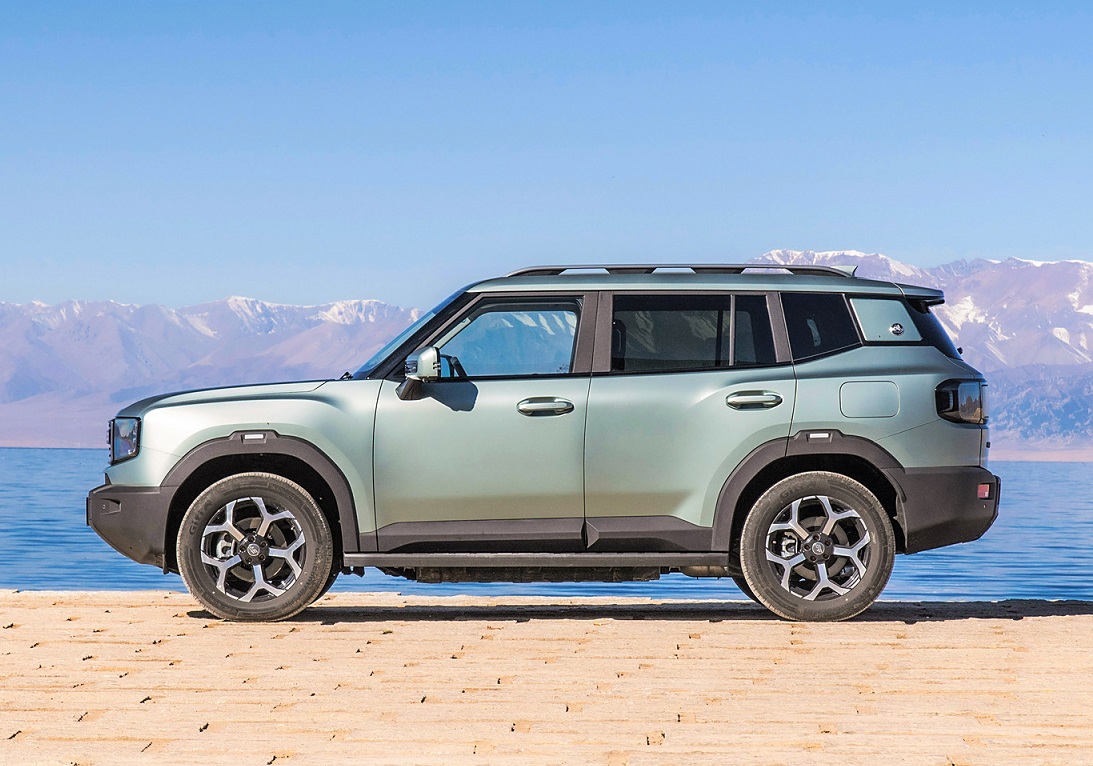On December 6th, Geely Galaxy Starship 7 EM-i was officially launched. A total of 5 models were introduced, with a price range of 103,800 to 136,800 yuan, but a limited-time offer of 99,800 to 132,800 yuan. Starship 7 EM-i is a plug-in hybrid compact SUV built on the GEA pure electric exclusive architecture and is the first to be equipped with the Raytheon EM-i super electric hybrid system, which consists of a 1.5L engine and an electric motor. Its CLTC pure electric range is up to 120km.

The front of the new car features a closed-off grille design, replacing the previous pulsating grille for a cleaner look. The signature through-type LED daytime running lights are retained, while the headlights on both sides give the vehicle a sharp and energetic appearance. The X-shaped design created by the fog lamp area adds a sporty touch.


From the side, the new car has a tough skirt line and shoulder line design, showing a certain sense of strength. In terms of body size, the new car has a length, width, and height of 4740/1905/1685mm, respectively, and a wheelbase of 2755mm. It is worth mentioning that its drag coefficient is 0.288. At the rear, the new car adopts a through-type taillight design, which has a good recognition when lit, and the lower surround adopts a hidden exhaust layout, which is very simple overall.

The interior of the new car comes in two color options: Autumn Rhyme Brown and Reflecting Snow White. It features a 14.6-inch central touchscreen powered by the Flyme Auto in-car system. Other notable features include a fully digital instrument cluster, a head-up display, a 540-degree transparent view of the undercarriage, a 50W wireless charging pad, a 16-speaker audio system, luxurious cotton candy SPA seats, and advanced L2-level driver assistance systems. Geely has announced that all Galaxy models will come equipped with the Flyme Auto system, and a free upgrade will be available for all Geely Galaxy vehicles in the first quarter of the next year. Please refer to the image below for detailed configuration comparisons.

In terms of power, the new car is equipped with the latest Raytheon EM-i super electric hybrid technology, which consists of a 1.5L naturally aspirated engine, P1 motor, P3 motor, and single-speed DHT transmission. Additionally, it is equipped with a Shenxun short blade battery, SiC stepless boost module, TMS thermal management system, and G-TCS active anti-skid system. The engine has a thermal efficiency of 46.5%, a maximum power of 82kW, and the motor has a power of 160kW. The new car has a pure electric range of 55km and 120km, a CLTC fuel consumption of 3.75L/100km, and a maximum comprehensive range of 1420km.
Differences from Geely Galaxy L7
Simply put, Galaxy L7 comes from the e-CMA architecture, and its Raytheon electric hybrid 8848 uses a 1.5T engine + P1 + P2 motor + 3-speed DHT transmission, with more outstanding performance. The Starship 7 EM-i, on the other hand, comes from the GEA pure electric exclusive architecture, and its Raytheon EM-i super electric hybrid uses a 1.5L engine + P1 + P3 motor + single-speed DHT transmission, with more economical fuel consumption. Of course, there are also many differences in configuration details between the two. For a detailed understanding, please click on “A Comprehensive Understanding of Geely Galaxy Starship 7 EM-i” to view.






























